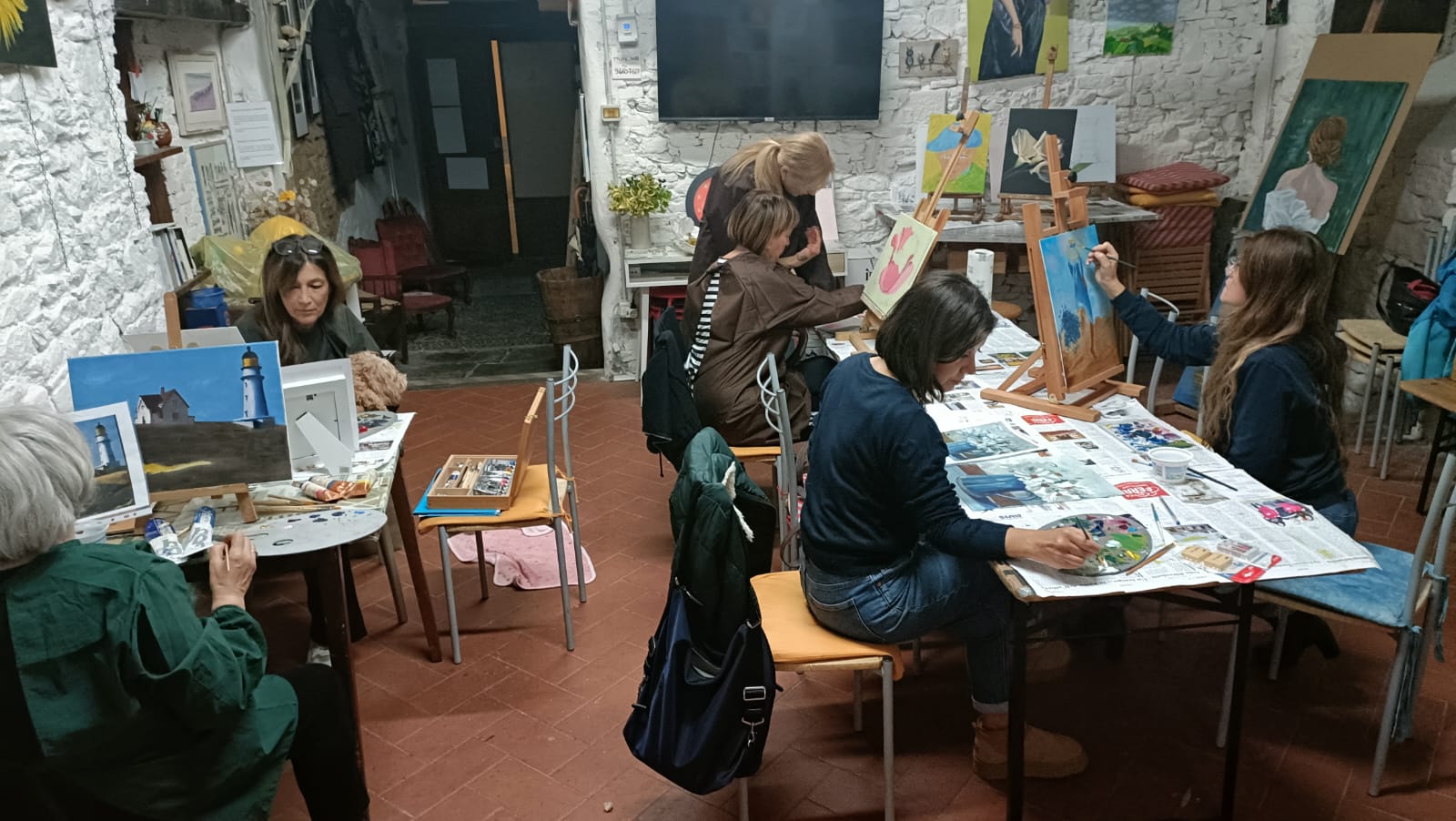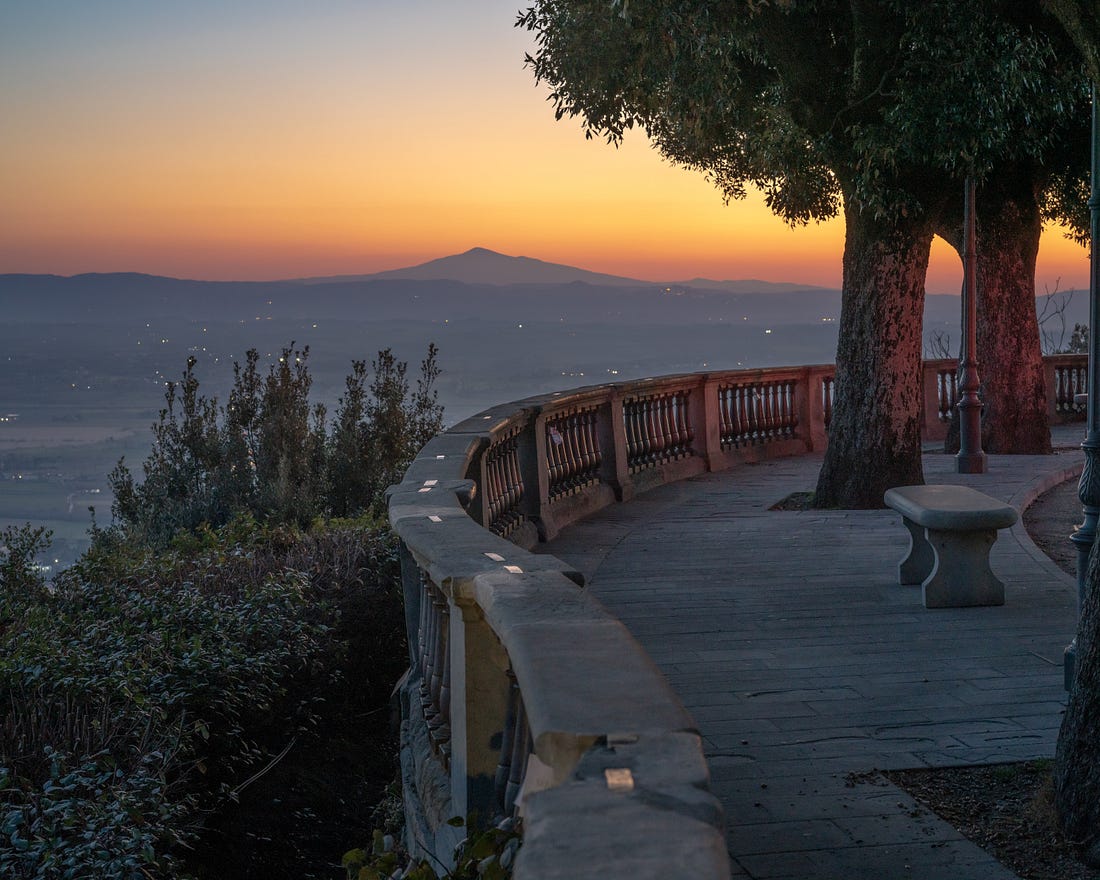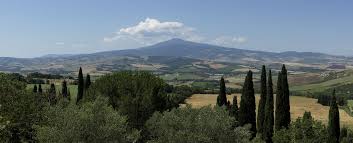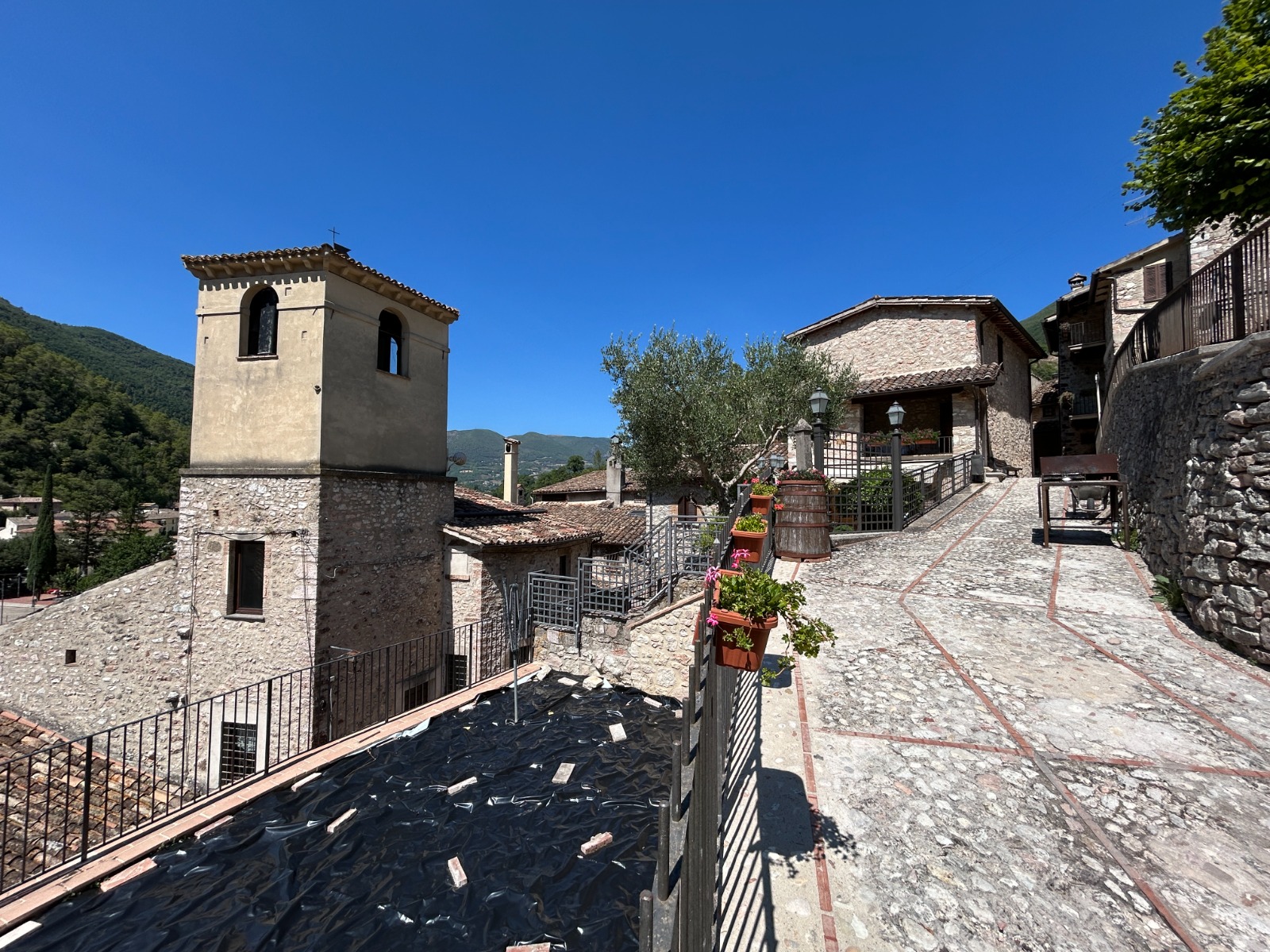About 1 hour on foot.
Starting from Piazza Garibaldi, where you can enjoy a unique panoramic
view of the Val di Chiana, you head off towards Cortona’s public gardens (the parterre) where most Cortonese, young
and old, take their daily walks.
View from Piazza Garibaldi
Piazza Garibaldi
As you walk in to the gardens, you will first see the beautiful stone amphitheatre
to your left and a then the marble fountain in the centre, always cool and shaded
in the summer by the tall surrounding tigli
(linden) trees. There is also a
playground for small children.
Beyond this area there is a tree-lined gravelled avenue (approx. 1.3kms
long/15 mins) with various benches along the way, if you wish to stop for a
moment and enjoy the views.
At the end of the avenue you reach the Cortona tennis club (where there
are red clay courts for anyone interested in a game of tennis!)
From the tennis courts you head upwards on an asphalt road towards
Torreone - this stretch is about 1.7 km long (approx. 25 minutes) and overlooks
the areas of Sant’Angelo, Tecognano and Metelliano, three of the most beautiful
and untouched areas within the Cortona municipality where there are many period
villas belonging to noble Cortonese families.
Along this route, on the left, you will – mid-way - pass by Villa
Bramasole whose purchase inspired the novel by Frances Mayes, Under the Tuscan Sun.
Bramasole
Continuing on, you will reach the Torreone bar - a mandatory stop – and
a place which always enjoys a light breeze; it has outdoor tables and offers traditional
prosciutto crudo and other cold cuts,
for a savoury and quality snack accompanied by either a welcome cold drink or cappuccino.
Torreone bar
From Torreone, one heads to Porta Montanina, the upmost access gate
along the towns fortified walls. The distance between Torreone and Porta
Montanina is about 1 km (a 10 minute walk). The road is paved and enjoys far
reaching views towards the hills of San Martino and San Pietro a Cegliolo, the
famous Villa Venuti Catrosse built in
the second half of the 1700’s, the famous Falconiere Relais and also the beautiful
church of Santa Maria Nuova.
Approaching Porta Montanina, you will see one of the most beautiful and
photographed views of Cortona; the cathedral and its bell tower and the ancient
Etruscan walls to a background expanse of open countryside. Right outside the
gate of Porta Montanina there is a bench, always in the shade, which is
beautiful for sitting, observing, reading, reflecting or composing photographs.
Porta Montanina
Once past Porta Montanina you will be in Poggio, the medieval and oldest
part of Cortona - a neighborhood characterized by stone terraced houses with
small windows, ancient churches and Piazza Pescaia, a tiny public garden within
the walls. Nearby you can visit the church of San Niccolò, where there is an
altarpiece by Luca Signorelli.
From Poggio you can take the more direct descent
down to the town (via Via Berrettini) and be in Piazza Signorelli in 10 minutes
(it is very steep!) - alternatively you can take Via Santa Margherita, a cobbled
and stepped path and a prettier walk along which you can also enjoy The Stations
of the Cross by Cortona’s Futurist artist Gino Severini









